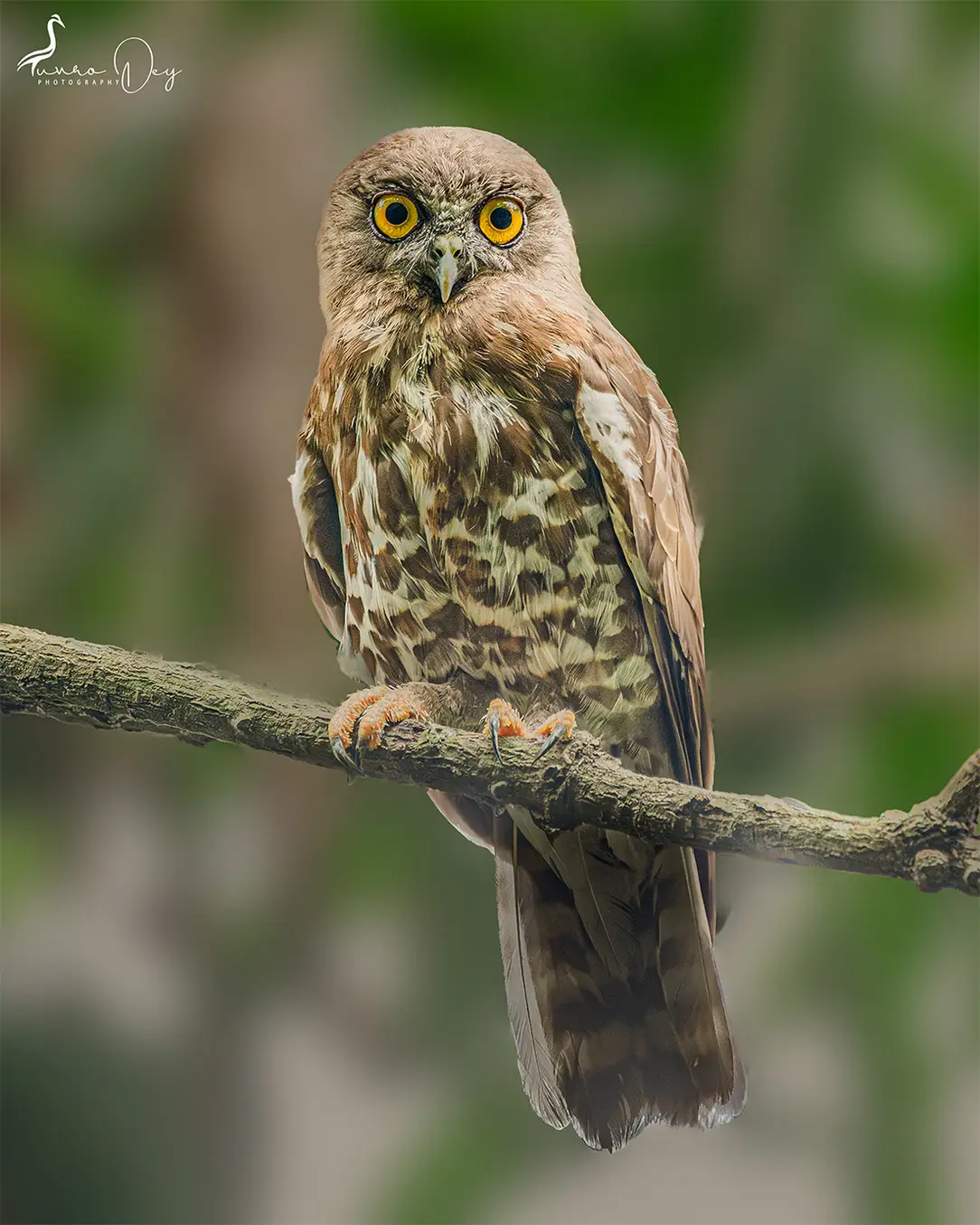I feel like this owl has larger feet than average 🤔
Superbowl
For owls that are superb.
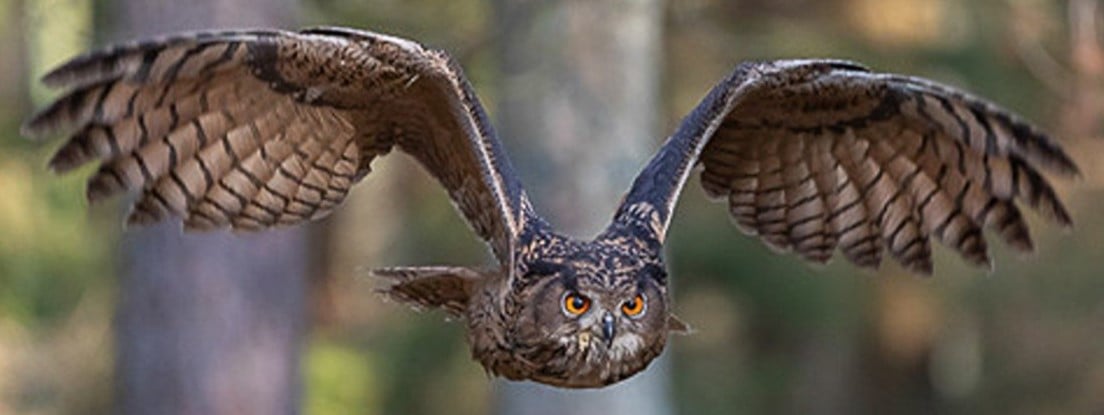
US Wild Animal Rescue Database: Animal Help Now
International Wildlife Rescues: RescueShelter.com
Australia Rescue Help: WIRES
Germany-Austria-Switzerland-Italy Wild Bird Rescue: wildvogelhilfe.org
If you find an injured owl:
Note your exact location so the owl can be released back where it came from. Contact a licensed wildlife rehabilitation specialist to get correct advice and immediate assistance.
Minimize stress for the owl. If you can catch it, toss a towel or sweater over it and get it in a cardboard box or pet carrier. It should have room to be comfortable but not so much it can panic and injure itself. If you can’t catch it, keep people and animals away until help can come.
Do not give food or water! If you feed them the wrong thing or give them water improperly, you can accidentally kill them. It can also cause problems if they require anesthesia once help arrives, complicating procedures and costing valuable time.
If it is a baby owl, and it looks safe and uninjured, leave it be. Time on the ground is part of their growing up. They can fly to some extent and climb trees. If animals or people are nearby, put it up on a branch so it’s safe. If it’s injured, follow the above advice.
For more detailed help, see the OwlPages Rescue page.
I think there's a little bit of illusion going on from how the owl is sitting and the angle of the photograph.
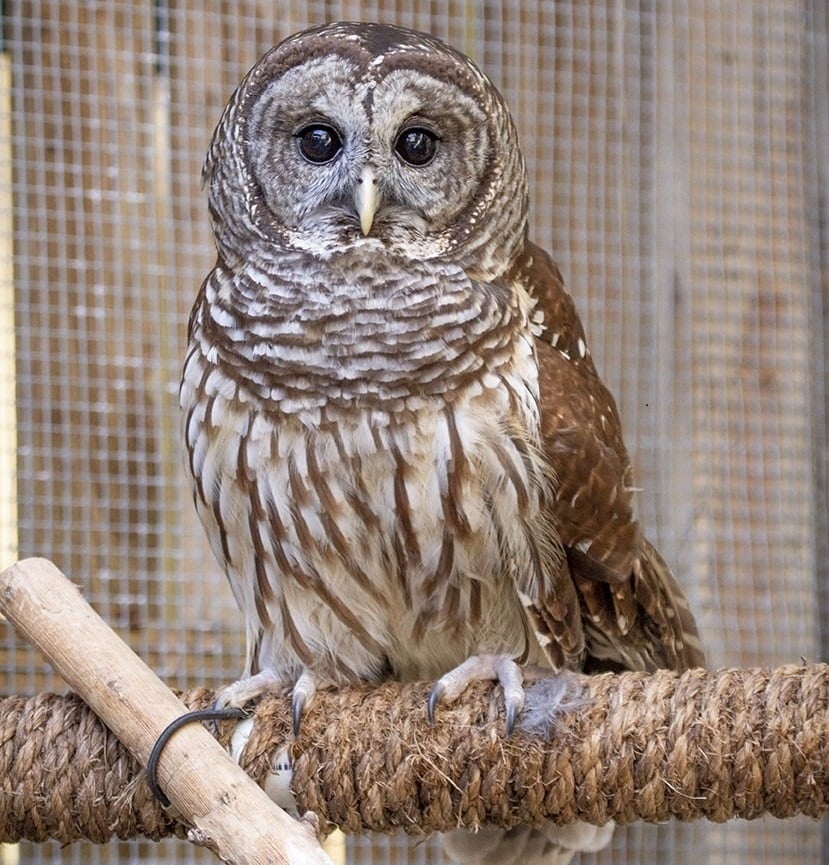
Owl toes are pretty long, so they can grab things pretty large for their body size. The long toes not only let them grab bigger animals, but just plain increase the odds of grabbing anything, especially in the dark. It's much like a bigger tennis racket would give you a better chance to hit the ball.
How we typically see them sitting in photos like this Barred Owl, all that belly floof is covering up much of the legs, and just the toes poke out.
In today's photo though, our little buddy has its butt dropped down behind the branch, putting the tarsus (an extra leg bone we don't have) in the same plane as the foot.
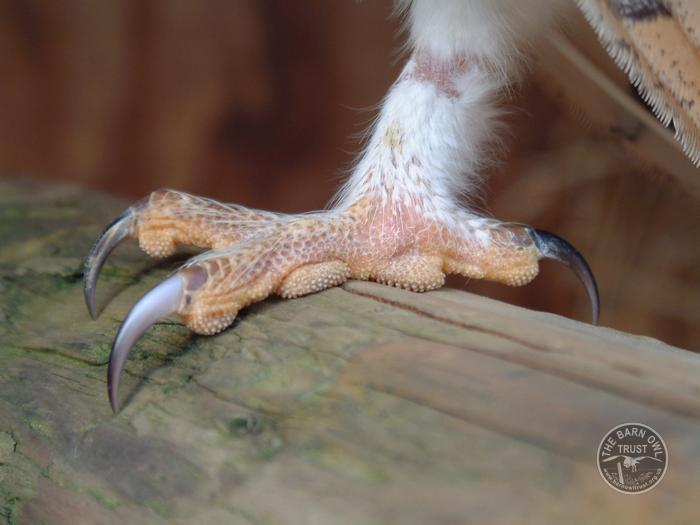
On this Barn Owl foot, you can easily see the orangey colored foot and where the white feathers start up to that bald patch is the tarsus.
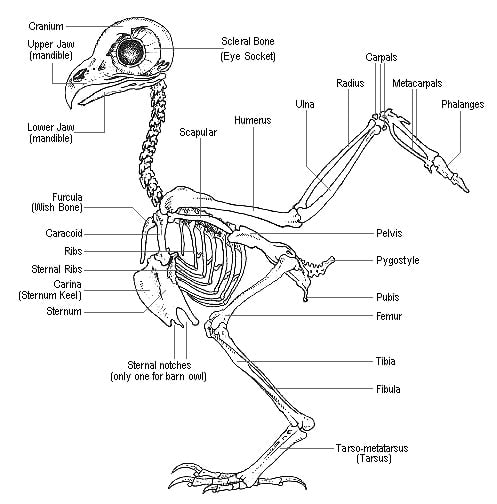
Here you can see the bone at the bottom of this diagram.
So the toes in the Brown Hawk Owl photo are pushed towards the camera a significant bit from its body, making them look really long.
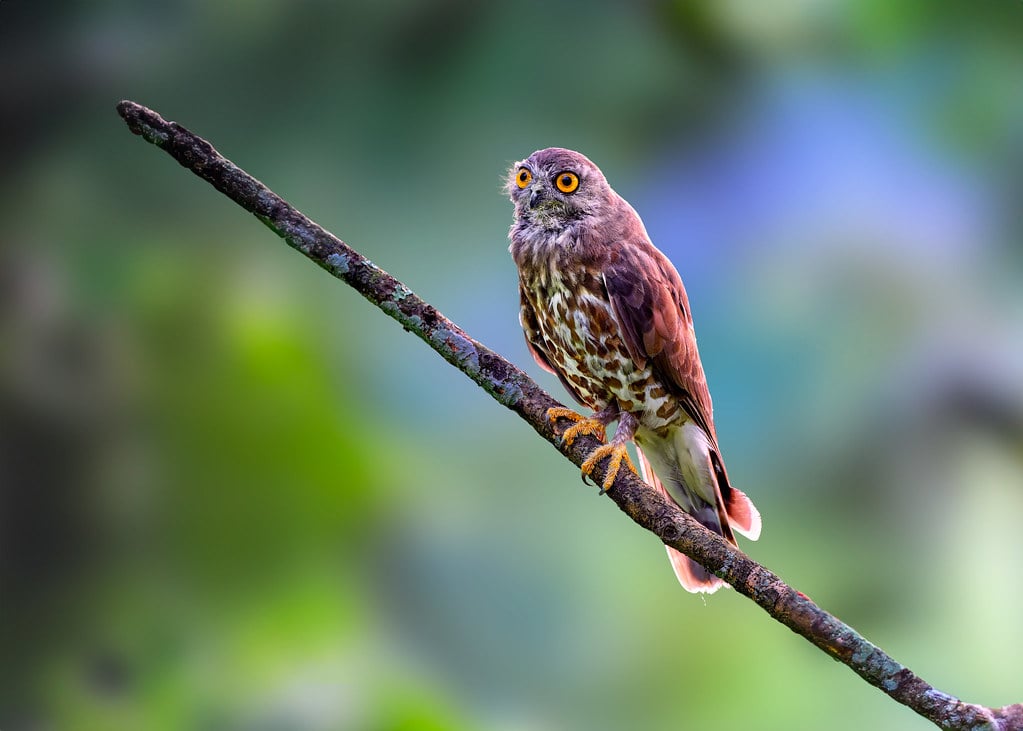
This frizzy fellow is sitting more upright and you can see the proportions more straight on and the tarsus is more distinct from the foot.
I like the toes in this pic. With the saturation cranked up, they look like angry little bumble bees.
He's going trickertreeting as an RTH.
A pretty bird with striking eyes. I think I read that burrowing owls eat insects, but I didn't know bigger owls did too.
Brown Hawk comes in a bit bigger, at 13 in / 32 cm, and Burrow is listed as 10 in / 25 cm.
Looks like the average Barn Owl is a pretty good size comparisonbat 14 in / 36 cm.
They must have bigger bugs over in Asia.
